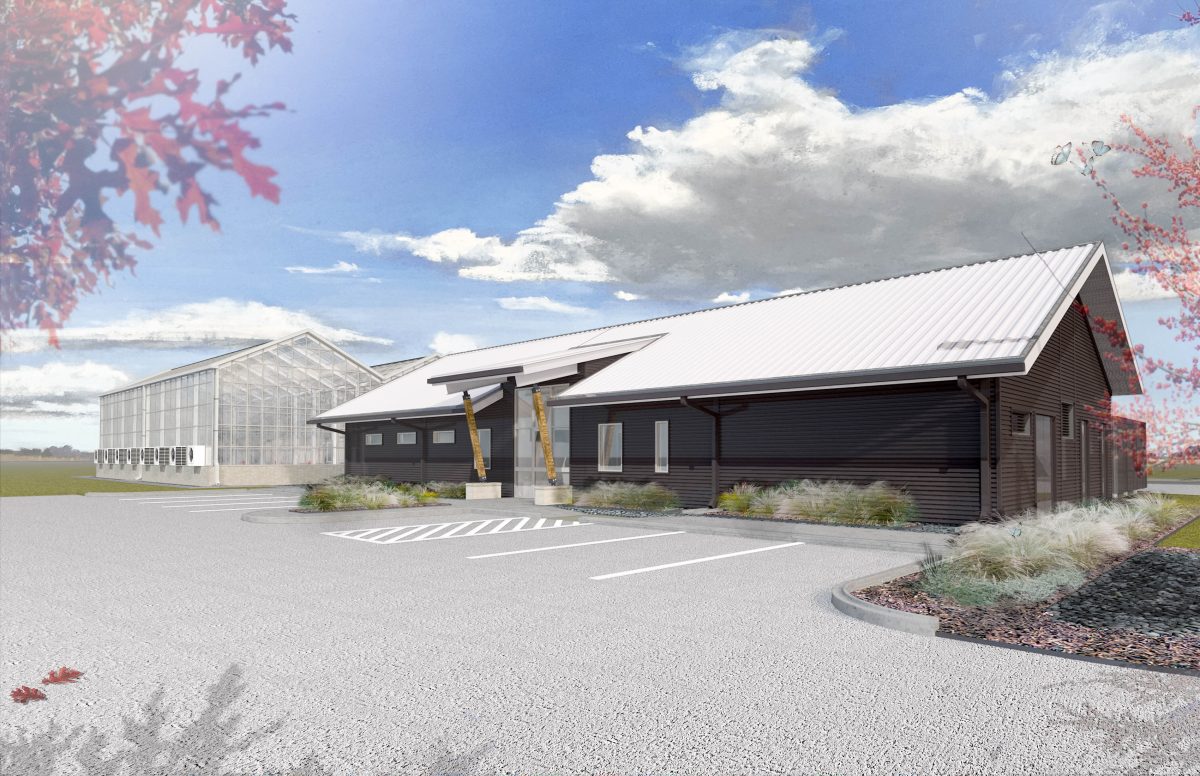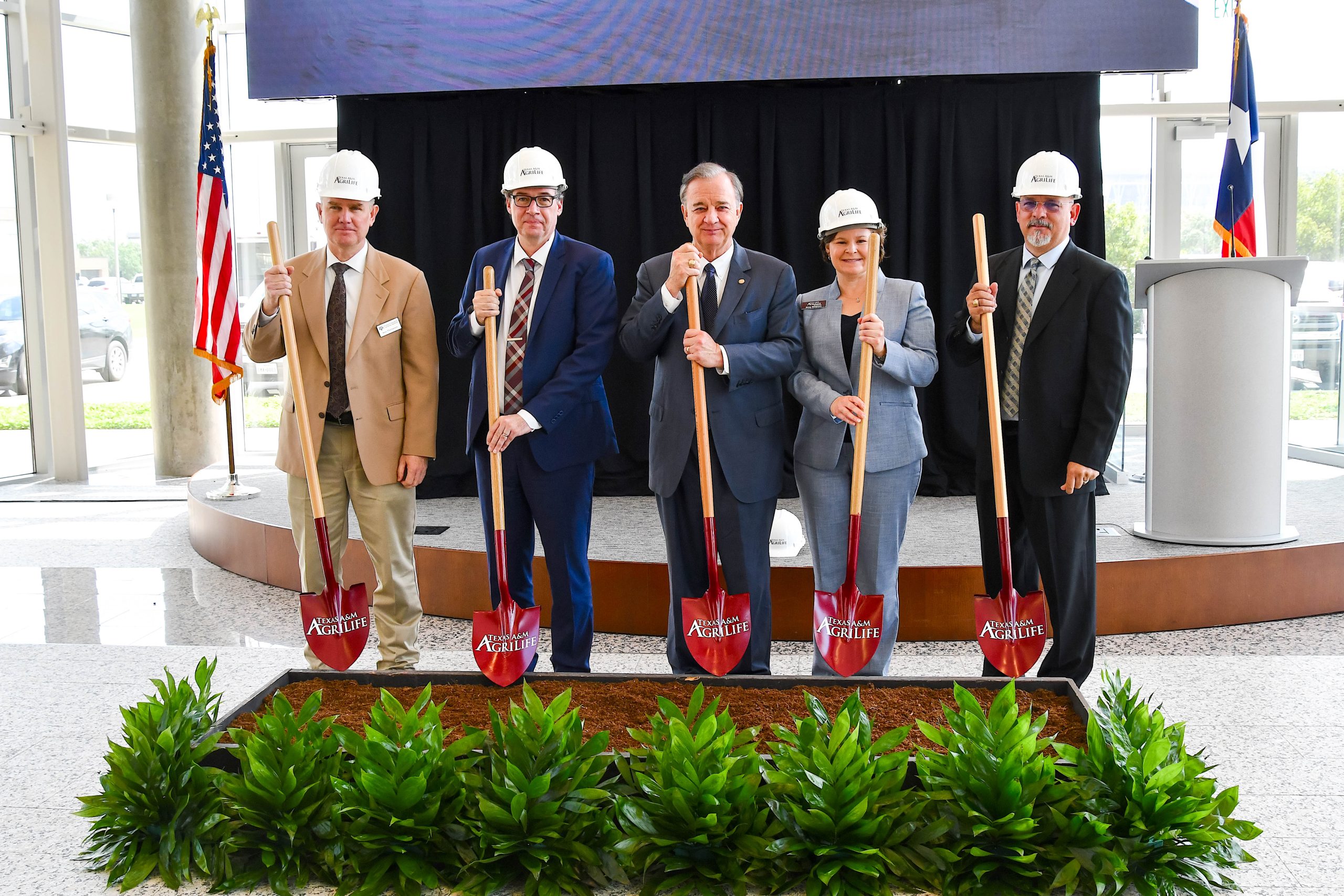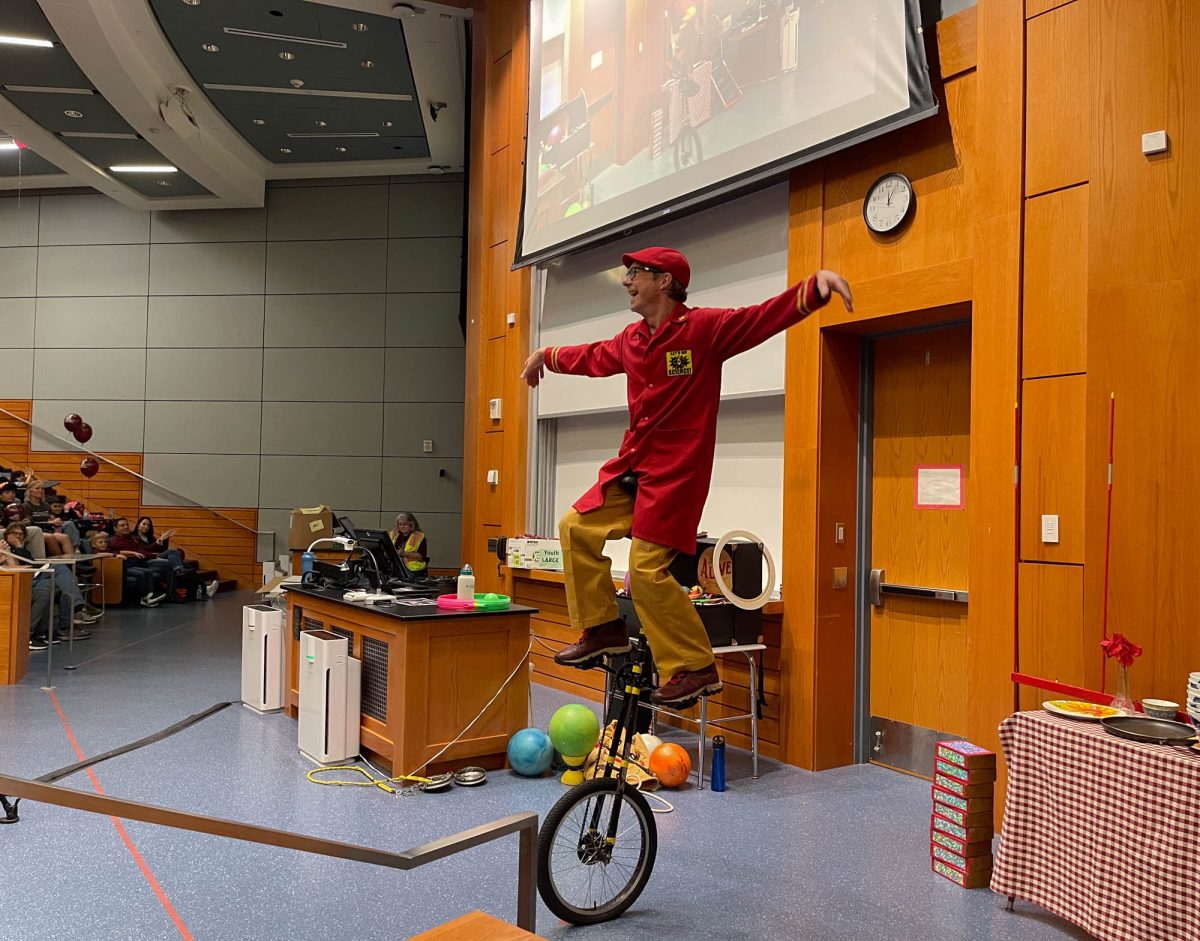AgriLife Research shows off Texas A&M’s green thumb with the building of a new robotic greenhouse.
By June 2020, A&M will have a new addition with AgriLife’s Automated Precision Phenotyping Greenhouse. The greenhouse will serve as a research center for A&M scientists to analyze plants and improve their favorable characteristics.
Construction has already begun at the facility at its home on the intersection of F&B Road and Agronomy Road. According to an AgriLife press release, the project is funded by the Chancellor’s Research Initiative Award, Governor’s University Research Initiative Award and the Research Development Fund Award. The greenhouse will cost around $3.5 million to create.
AgriLife Research engineer, Alex Thomasson serves as the robotics and sensors engineer for the project and said the advanced greenhouse will have robotic arms equipped with sensors to identify specific characteristics of a plants.
“What this greenhouse, with the technology it will have in it, enables us to do extremely rapid and repetitive phenotyping,” Thomasson said. “We’ll be able to measure and scan every plant in the greenhouse in about a four hour window.”
The technology being implemented in the greenhouse will include special cameras that will help researchers analyze the small changes a plant undergoes.
“We’re doing phenotyping, which means we’re measuring the observable characteristics of plants,” Thomasson said. “If you have enough high-tech sensing capabilities you can measure lots of things about plants that help you to understand how they behave in certain environments.”
Thomasson said the robotic arm will have a raman spectroscopy sensor that measures the wavelength of light bouncing off the plant and indicates specific compounds. Although raman spectroscopy has been around for many years, the process of using it on a robotic arm to scan objects is entirely new.
“We inoculate [the plants] with some fungus and see which ones get infected,” Thomasson said. “We want to find the ones that don’t get infected so we can continue to work with those. We can tell whether the plant is infected by using a raman-spector scope and seeing how that plant and its metabolic materials respond to the light.”
AgriLife Research Associate Program Director and class of 199, Shay Simpson said along with the research the greenhouse will facilitate, the new building will offer instructional opportunities to students in the colleges of agriculture, engineering and physics.
“This facility will help in training grad students and undergrad students,” Simpson said. “It will be mostly focused on research spaces, but there will of course be teaching opportunities for student workers and graduates. Three different colleges will be using this space, so that will lend itself to cross-collaborations among students as well as the researchers.”
Simpson said although they still plan to open the greenhouse in the summer of 2020, improvements will still be implemented in the first year.
“At the opening, we will have two of the five robots that will go into the greenhouse,” Simpson said. “Right now we have the plans and the funds to put two of the robots in. But fully functional, we’ll have five.”
Thomasson said the purpose of the high-tech building is to study plants efficiently so that they may create plants that survive the future environment.
“Resilient is probably one of the best terms,” Thomasson said. “Some of this is based on the idea that the climate is changing and how we breed plants that are resilient to effects like that.”
Innovating greenhouse research
June 24, 2019
Photo by Provided
AgriLife Research engineer Alex Thomasson, Vice Chancellor of Agriculture and Life Sciences Patrick Stover, Chancellor of the Texas A&M University System John Sharp, AgriLife Research Associate Program Director Shay Simpson and Director of Facilities and Construction David Leon broke ground May 22 on the Automated Precision Phenotyping Greenhouse.
0
Donate to The Battalion
$2065
$5000
Contributed
Our Goal
Your donation will support the student journalists of Texas A&M University - College Station. Your contribution will allow us to purchase equipment and cover our annual website hosting costs, in addition to paying freelance staffers for their work, travel costs for coverage and more!
More to Discover











